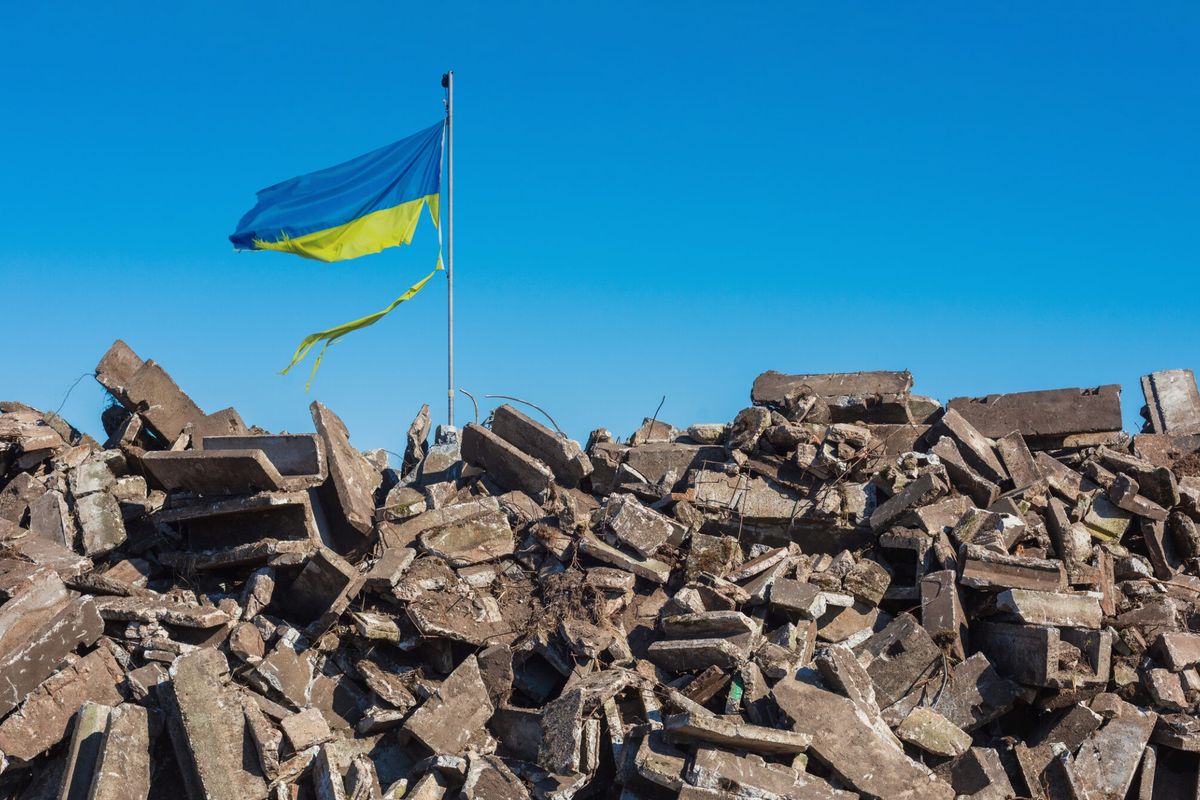Cipher Brief Expert Tim Willasey-Wilsey is a Visiting Professor at King’s College, London and a former senior British diplomat. From 1996 to 1999 he was senior advisor to the British government on overseas counterterrorism. This piece was first published by RUSI in London. The views do not represent those of RUSI.
Analysis of openly available sources indicates that a British report shared with the US in December 1998 described an early stage of the 9/11 plot.
Keep reading...Show less













